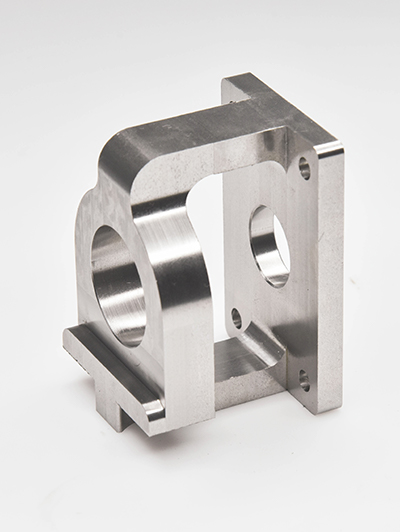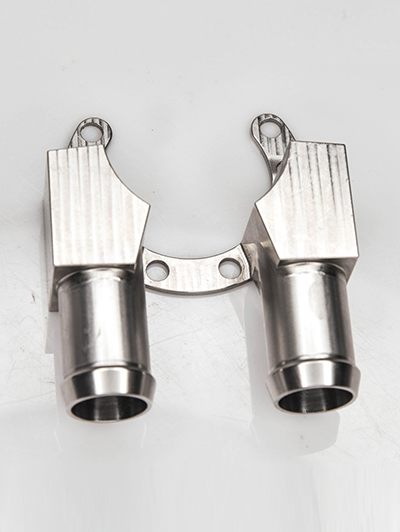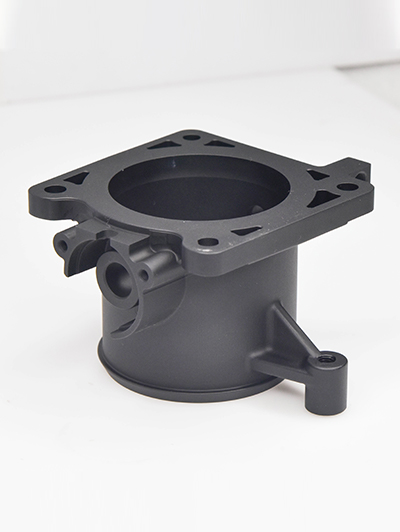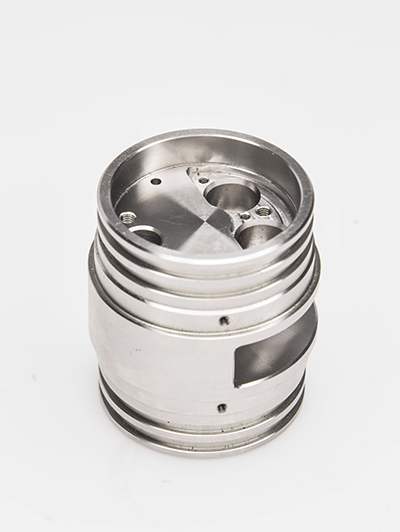Information
CNC machining technology in detail: an all-round guide from principle to practice
First, the principle of CNC machining technology
CNC is Computer Numerical Control (computer numerical control), is the use of computer-controlled machine tools for processing technology. At its core is a computer control unit, which operates on the basis of pre-written procedures (e.g. G-code, a standardised programming language used to describe tool trajectories, speeds and other machining parameters). The computer converts these instructions into electrical signals to drive servo motors, stepper motors, etc., which in turn drive the various axes of the machine tool to realise machining operations such as cutting, drilling, milling, etc. At the same time, a feedback system monitors and controls the machine in real time by means of sensors. At the same time, the feedback system through the sensor real-time monitoring of the status of the machine tool, to ensure machining accuracy.
Second, CNC machining system components
Machine tools: common types of lathes, milling machines, grinding machines, drilling machines, etc., is the implementation of the physical carrier of the machining operation. For example, CNC lathe for rotary body parts processing, CNC milling machine is good at complex shape plane, contour and cavity processing.
Control system: consists of a computer and control software, responsible for the analysis and execution of the machining programme, like a human brain, commanding the machine tool action.
Drive system: includes servo motors, stepping motors, etc. It receives signals from the control system and amplifies the power to drive each axis of the machine to move accurately.
Feedback system: with the help of sensors to monitor the position of the machine tool in real time, speed and other status information, and feedback to the control system to achieve closed-loop control to ensure machining accuracy.
Third, CNC machining practice steps
Parts design and process planning: use CAD (computer-aided design) software for parts design, determine the shape, size and so on. According to the requirements of the parts, planning the machining process, select the appropriate tool, determine the cutting parameters (such as cutting speed, feed, depth of cut) and machining sequence. For example, the processing of a complex aerospace parts, taking into account the material characteristics, precision requirements to plan the sequence of milling, drilling and other processes.
Preparation of machining programmes: Using CAM (Computer Aided Manufacturing) software, the process planning is converted into G-code programmes that can be recognised by the CNC system. The tool path should be set precisely during programming to ensure machining accuracy and efficiency.
Machine preparation: Install the tool on the machine and carry out tool setting operations to determine the position of the tool in the machine's coordinate system; install the workpiece, align and clamp to ensure that the workpiece is stable during the machining process; set the machine parameters, such as axes travelling limit, reference point, etc..
Machining operation: Input the prepared programme into the CNC system, check that there is no error, and then start the machine for machining. During machining, monitor the machine running status and machining quality in real time, and make timely adjustments if there are any problems.
Quality Inspection and Post-processing: After machining, use measuring tools (such as calipers, micrometers, coordinate measuring machine) to inspect whether the size, shape and positional accuracy of the parts meet the requirements. Qualified parts for deburring, cleaning, surface treatment (such as paint, plating) and other post-processing procedures.
Fourth, CNC machining technology advantages and applications
Advantage
High precision: can achieve micron or even nano-precision processing, to ensure product quality stability.
High efficiency: automated processing to reduce manual intervention, quickly complete a large number of processing tasks.
Flexibility: by modifying the programme can be adapted to different products processing, suitable for multi-species, small batch production.
Consistency: highly consistent processing products, reducing human error.
APPLICATIONS
Aerospace: processing high-precision, complex shape parts, such as aircraft engine blades, aviation structures.
Automobile manufacturing: used for engine, transmission and other key components and body parts processing.
Medical devices: manufacturing high-precision medical devices and surgical tools.
Electronic industry: processing precision electronic components and circuit boards, etc.
Enhancing Efficiency in Aerospace Technologies
1. Implementing advanced automation and robotics: By utilizing automated systems and robotics in aerospace technologies, tasks can be performed more quickly and accurately, leading to increased efficiency. This includes automated systems for manufacturing, inspection, maintenance, and handling of materials.2. Adopting digital twin technology: Digital twin technology allows for real-time monitoring and simul...
Cutting-edge Machining of Unique Materials
Advancements in technology have allowed for the cutting-edge machining of unique materials that were previously difficult to work with. This has opened up new possibilities for manufacturing industries, allowing for the production of components and products that were once thought to be impossible.One such material that has benefited from cutting-edge machining techniques is carbon fiber. Carbon fiber is a l...
Enhancing Efficiency in Aerospace Technologies
1. Implementing advanced automation and robotics: By utilizing automated systems and robotics in aerospace technologies, tasks can be performed more quickly and accurately, leading to increased efficiency. This includes automated systems for manufacturing, inspection, maintenance, and handling of materials.2. Adopting digital twin technology: Digital twin technology allows for real-time monitoring and simul...
Cutting-edge Machining of Unique Materials
Advancements in technology have allowed for the cutting-edge machining of unique materials that were previously difficult to work with. This has opened up new possibilities for manufacturing industries, allowing for the production of components and products that were once thought to be impossible.One such material that has benefited from cutting-edge machining techniques is carbon fiber. Carbon fiber is a l...
Shape accuracy detection
In addition to dimensional accuracy, the shape accuracy of the parts cannot be ignored. Detect shape errors such as roundness, cylindricity, and flatness of parts using equipment such as roundness meters and contour meters. For example, when processing high-precision bearing rings, the accuracy of roundness and cylindricity directly affects the rotational accuracy and service life of the bearing.
Dimensional accuracy testing
Using advanced measuring tools and techniques, such as coordinate measuring instruments, optical imagers, etc., to accurately measure the dimensions of parts. For precision parts, dimensional tolerances are usually controlled at the micrometer level, so high-precision measuring equipment is required to ensure the accuracy of the test results. For example, when processing precision molds for mobile phone chi...
- +86 13603025252
-

WhatsApp
- info@jiujucnc.com





